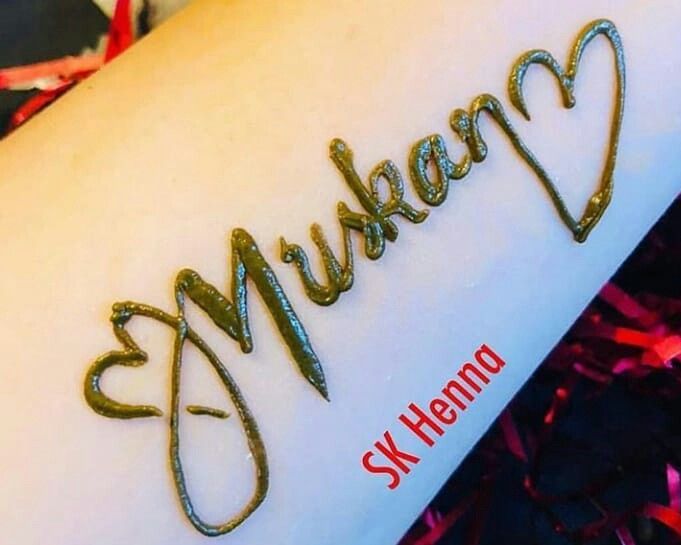The world of body art has evolved dramatically over the years, blending traditional styles with contemporary trends. Mehndi Tattoo Designs for Girls of the most captivating forms of expression that has emerged is the tattoo mehndi design. tattoomehndidesign combines the elegance of intricate henna patterns with the permanence of tattoos, creating a unique fusion that appeals to many looking to celebrate their individuality.
Tattoo mehndi designs offer an array of possibilities, from delicate floral motifs to bold geometric shapes, all infused with cultural significance and personal meaning. As people seek to tell their stories through their skin, the allure of this combination continues to grow, inviting a new generation to explore the beauty of this vibrant art form. Each design not only serves as decoration but also as a canvas for self-expression and identity.

History of Mehndi and Tattoos
Mehndi, the art of applying intricate designs using henna, has a rich history that spans thousands of years. It is believed to have originated in ancient Egypt, where it was used for body adornment and celebrations. The practice spread across cultures and regions, becoming an integral part of various celebrations, especially in South Asia, where it is often associated with weddings and cultural festivities. The natural dye created from the leaves of the henna plant produces a beautiful reddish-brown stain, which has captivated people for generations.
On the other hand, tattoos have been a form of body art for centuries, with evidence of their existence found in ancient civilizations around the world. From name mehndi tattoo of New Zealand to the indigenous peoples of North America, tattoos served various purposes, including marking status, rites of passage, and spiritual beliefs. The methods and meanings of tattoos have evolved over time, but the allure of personal expression through body art has remained constant across cultures.
In recent years, a fusion of mehndi and tattoos has emerged, giving rise to tattoo mehndi designs. This innovative blend allows individuals to enjoy the intricate patterns of mehndi while embracing the permanence of tattoos. As a result, many people are drawn to this unique art form, which combines the traditions of both practices, showcasing the beauty of cultural heritage while also allowing for personal creativity and expression.
Popular Mehndi Tattoo Designs
Tattoo mehndi designs have become a sought-after trend, blending traditional henna art with modern tattoo aesthetics. One of the most popular designs is the Mandala pattern, characterized by its intricate circular motifs that symbolize unity and wholeness. These designs can be incorporated into various sizes, from small wrist art to larger full-hand coverage, making them versatile for different occasions and personal styles.
Floral motifs are another favorite among enthusiasts of tattoo mehndi designs. These designs often include roses, lotus flowers, and peacocks, celebrated for their beauty and symbolism. Floral patterns can be delicately inked with fine lines or created with bold strokes, allowing for a range of expressions from subtle elegance to vibrant artistry. They are particularly popular for special events like weddings, where they add grace and charm to the festivities.
Geometric shapes have also gained popularity in the realm of tattoo mehndi designs. These modern interpretations focus on sharp lines and intricate patterns that create a stunning visual impact. Geometric designs can be customized to fit personal preferences, often combining elements of symmetry and asymmetry for a contemporary look. This style appeals to those looking for a unique twist on traditional mehndi while still honoring its roots.
Care Tips for Mehndi Tattoos
To ensure your mehndi tattoo looks its best and lasts as long as possible, proper aftercare is essential. After getting the design, allow the mehndi to dry completely before touching or washing the area. Avoid water contact for the first 24 hours, as moisture can hinder the dye’s absorption into the skin. If possible, keep the mehndi on for at least six hours to achieve a deeper, more vibrant color.
Once the initial drying period has passed, take care when washing your hands or any area with mehndi. Use a gentle soap and lukewarm water, and avoid scrubbing the design. Pat the area dry with a soft towel instead of rubbing. To enhance the longevity of your mehndi tattoo, apply a thin layer of coconut oil or olive oil to the design. This helps to lock in moisture and keeps the color rich and intact for an extended period.
Finally, refrain from exposing your mehndi to direct sunlight or chlorinated water, as these can cause the design to fade prematurely. If you have to go out in the sun, consider covering the area or applying a sunscreen to protect it. Following these care tips will not only maintain the beauty of your mehndi tattoo but also allow you to enjoy its allure for as long as possible.
